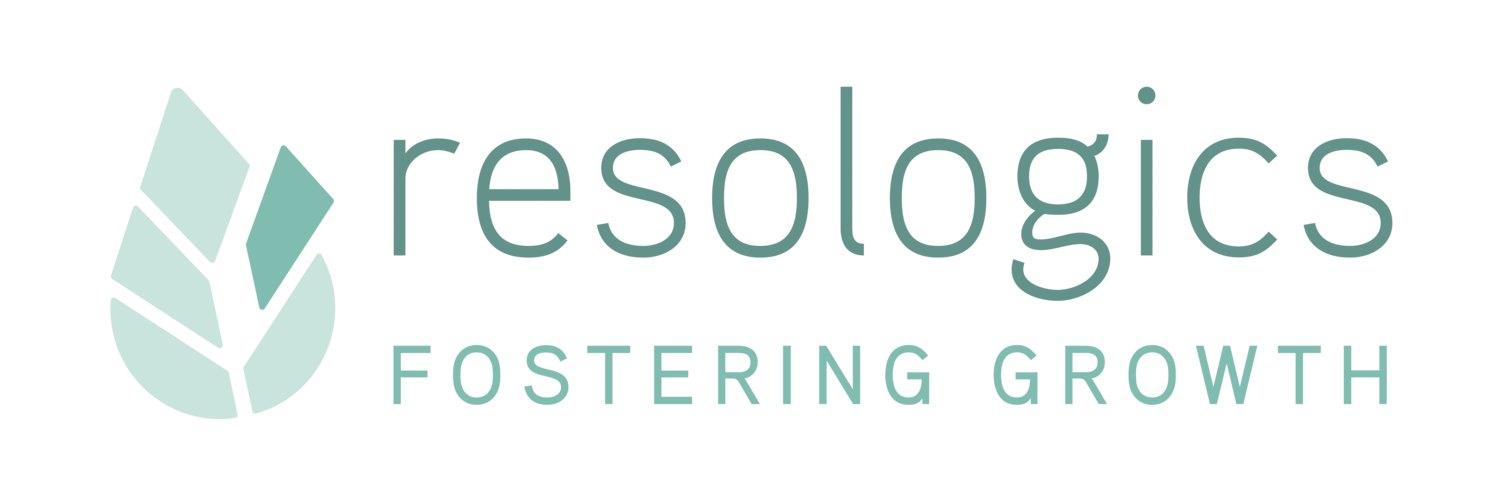What if your employees are afraid to speak out?
/"See something, say something" or "Snitches get stitches?" headlines the 2023 Ethical Culture Report, recently released by Ethisphere Institute. The standout for me from this analysis of global trends in org culture was about unethical behavior in the workplace and how, or if, employees are reporting it.
What struck me is that even though employees responded that they were willing to report misconduct when they saw it, only about half of them actually did so.
Why do they make the choice not to report misconduct?
Here are the reasons they reported (across age groups) from most to least frequent:
They don't believe corrective action would be taken
They worry about retaliation
They don't think they will remain anonymous
They don't feel comfortable reporting on a senior employee
They were afraid that reporting would hurt their team members
According to the report, "the younger the employee, the less confidence they have in anti-retaliation policies and procedures, and thus, the less likely they are to risk professional harm by calling out misconduct." This concerning result tells me that our GenZ-ers—our growing workforce and future leaders—appear to be disenchanted and disenfranchised and, most sadly, fearful of their own companies.
Another note: The less aware the respondents were of org policies around acceptable behaviors and anti-retaliation, the less apt they were to feel safe in reporting.
So, we have some serious work to do on improving our org cultures to keep our people engaged, trusting—and feeling heard and safe.
The Lessons
The Ethical Culture Report cites this from a 2022 Department of Justice memo: "We expect good companies to step up and own up to misconduct. Voluntary self-disclosure is an indicator of a working compliance program and a healthy corporate culture."
Out of 24 types of unethical behaviors or misconduct offered in the report's survey, respondents observed these behaviors in their workplace most: Bullying and Harassment or Discrimination. In my research and experience as a conflict advisor and accredited Boss Whisperer® coach, these are interpersonal relationship issues which in most cases involve what can be identified as abrasive, abusive or bullying bosses/manager/supervisors.
Abusive behavior is never OK. Your organization has a duty to provide a respectful and safe (both physically and psychologically) workplace. Yes, for compliance—and also because It’s simply the right thing to do.
The report offers useful guidelines/benchmarks for leaders to encourage their people to become active participants in an ethical org culture. A strong accountability culture is one in which employees:
Know what bad behavior looks like
Are willing to report it when they see it
Actually follow through on reporting
Have high confidence that their organization has in place anti-retaliation policies and procedures that will prevent employees from being penalized for raising a concern
The report also offers some great ideas to improve options for your employees to report "misconduct and to raise concerns," such as:
Open-door policy for direct supervisor
Open-door policy for senior or executive management
In-house hotline
Third-party maintained hotline (or on-call conflict advisor/ombudsman)
Web-based reporting tool
The Tool
About that last bullet point: Resologics has created a unique tool called the Abrasive Leader Diagnostic™ which is designed to identify the nature and scope of unacceptable behavior in the workplace.
It's offered online, confidential (no contact info captured), and free, in order to encourage reporting by those who are being affected by these behaviors: HR, management, the employee/coworker who is targeted or witnesses the abuse, or even leaders themselves who suspect they are exhibiting bad behavior.
An instant report is generated from the results of the questionnaire (again, no contact info is retained — our profession takes privacy and confidentiality very seriously).
I've found the Abrasive Leader Diagnostic™ to be invaluable in starting the process with an organization to get a clear picture of the situation—which is why I'm so eager to make it available to anyone, free and with no obligation.
Make this tool part of your org's reporting resources—and let your workforce know that it's available to anyone to use. It could well be the next best step to shifting the entire organizational culture, and personal lives, for the better.



When we join a company, partnership or team, our expectation is that everyone involved will exhibit professional behavior toward us and each other. Instead, it’s highly possible that we may become one of the more than 60 million adults in the United States who are affected in some way by bullying behavior at work.
What kind of behaviors are we talking about? Our definition is any interpersonal behavior that causes emotional distress in others sufficient enough to impede their productivity or disrupt organizational functioning. It isn’t just a personality conflict — it’s a chronic pattern of disrespectful behavior.